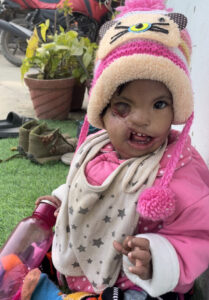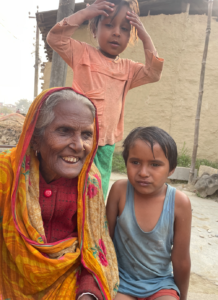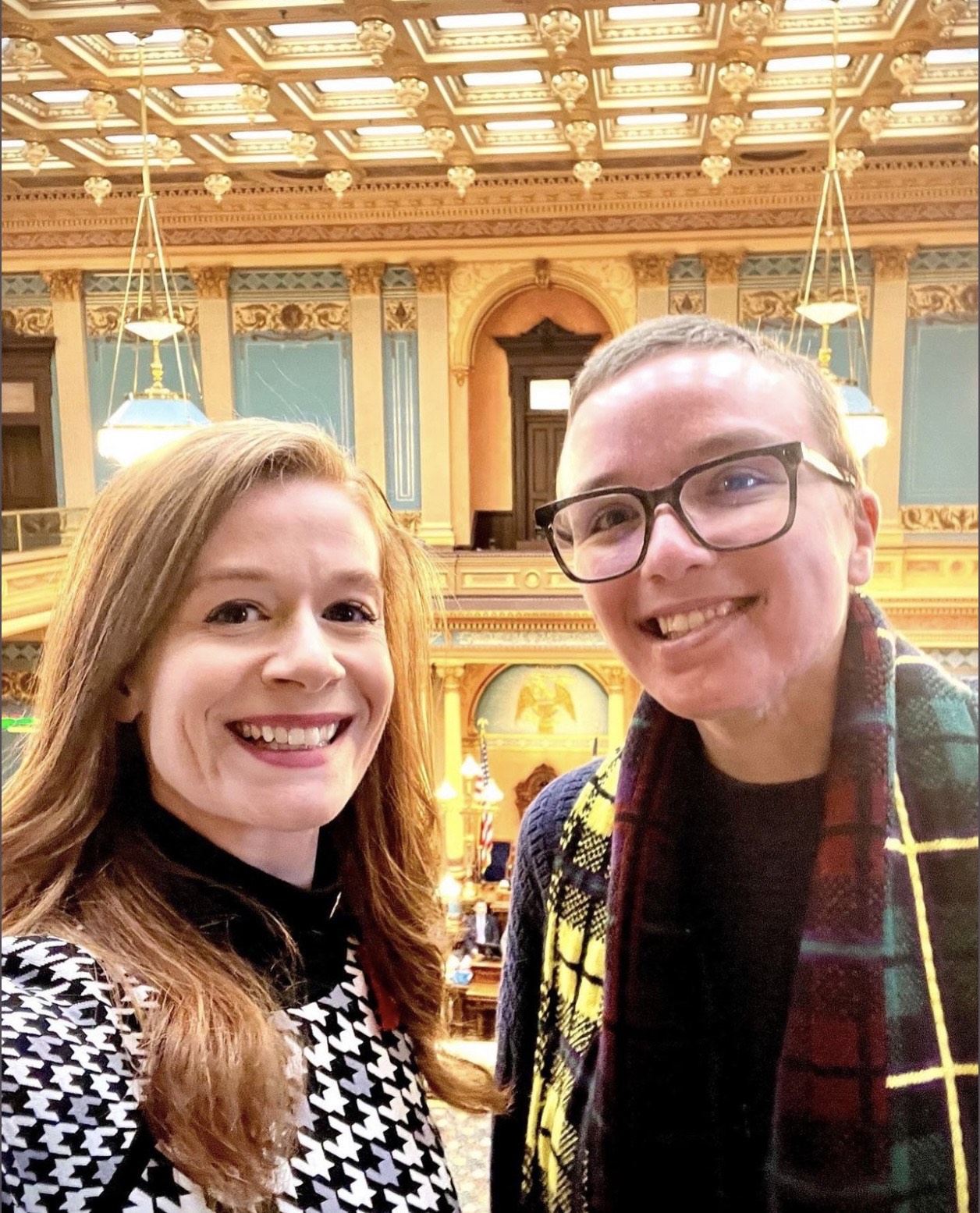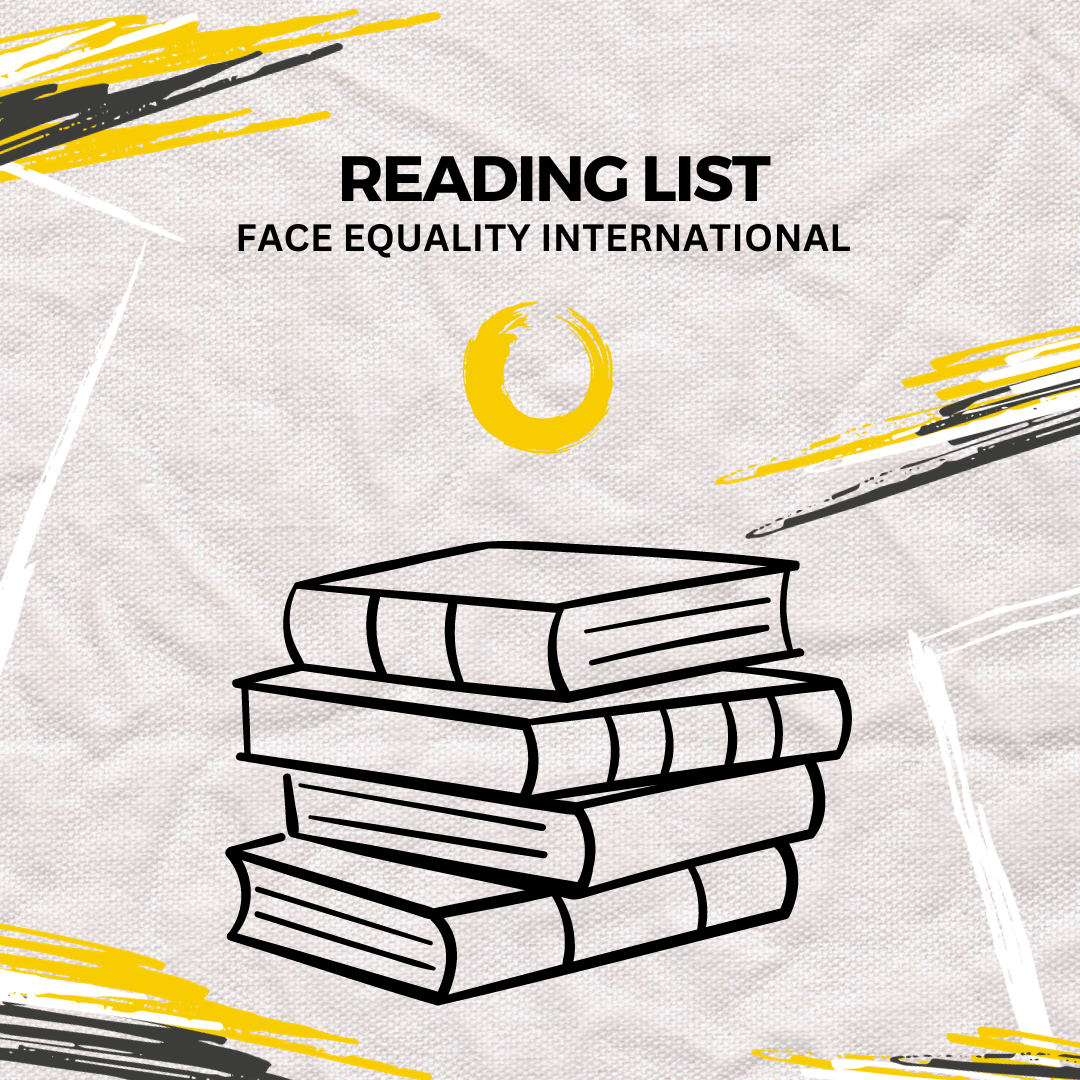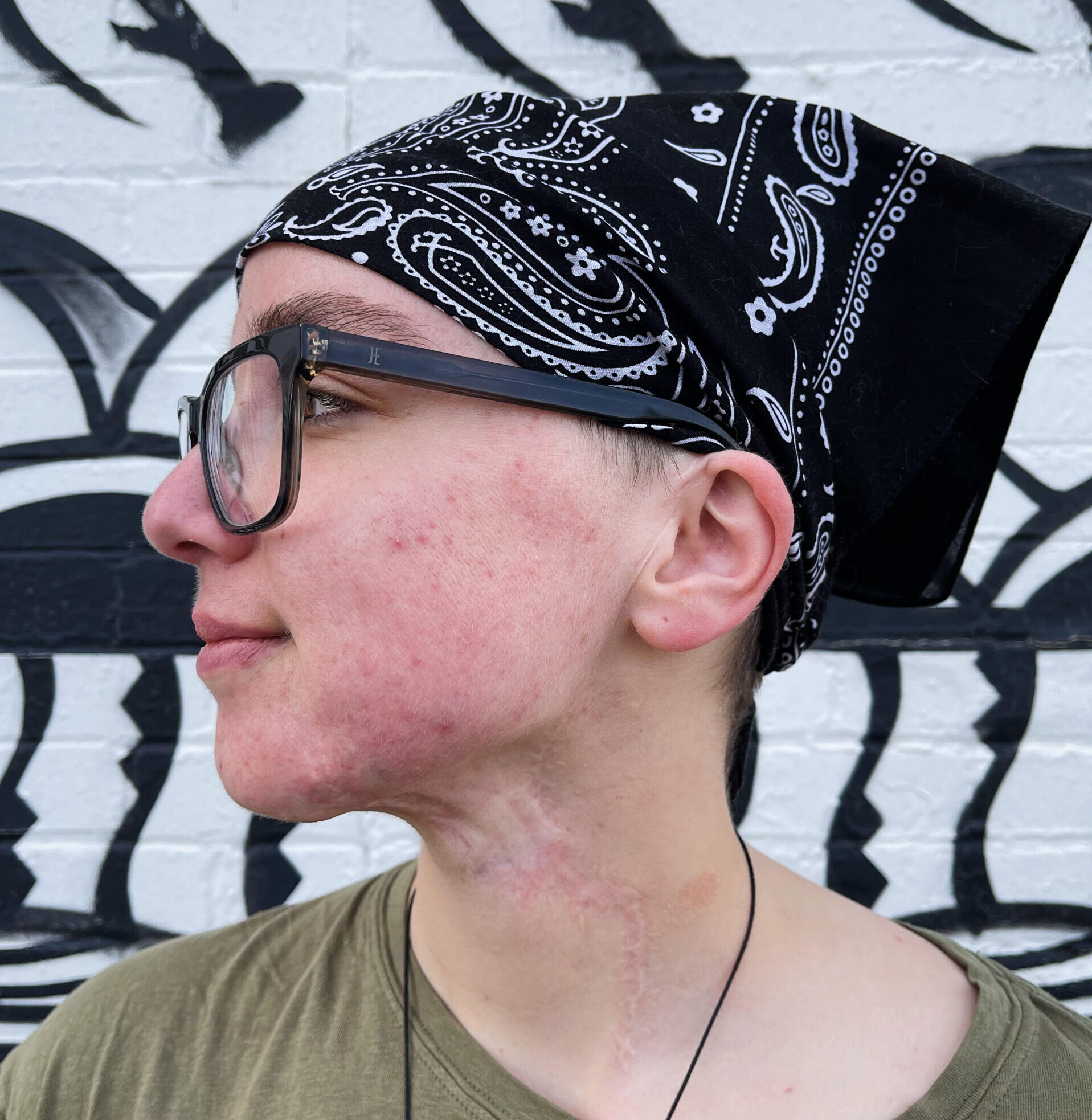So what have I learnt so far from my first week in Nepal?
Much like anywhere else, in order to thrive when living with a facial difference, access to basic healthcare is essential, be that getting treatment for a tropical disease, having access to safe surgery, or simply access to sun cream. Something essential for so many of us with scarring or skin conditions.
All of which comes at a cost. I am told that a high proportion of the community earns less than the equivalent of £2 a day and even state hospitals will charge a fee. These hospitals by the way look a lot like a horror movie, and this comes from someone that actively does my best not to sensationalise.
When James Partridge set up FEI, our communications would often say that disfigurement goes hand in hand with poverty, and this feeds into the overarching mission statement that disfigurement is a neglected human rights issue. All of which has very much been reaffirmed during my first week here.
Because disfigurement is not an isolated issue, if it was, medical care would be all that anyone needs to thrive. It’s the way that disfigurement interplays with gender, culture, religion, upbringing, disability, employment, education and beyond that creates intersecting attitudinal and physical barriers in life. This is what positions disfigurement as a social justice issue.
All of this being said. After just over a week, my overall feeling is one of hope. Because I have seen that the principles of enabling someone with a facial difference to thrive, of course remain very much the same. Holistic healthcare, a supportive family, community, and most importantly, dignity, respect and high expectations.
I have met several children who have had cleft surgeries whose families told me they have not experienced any negativity from others. Seemingly because the community surrounding them knows these children, they’re invested in seeing them do well, and they’re used to seeing and embracing facial difference. Also seemingly because people living in remote areas are not exposed to the damaging stereotypes we absorb on our phones and TV screens that indoctrinate the minds of so many.
On the flip side, I have also met with people who have been bullied at school and poked fun at using derogatory names. Particularly where a lack of education around certain conditions means people wrongly think someone’s disfigurement is contagious, often others will refuse to touch people. Vitiligo being one of these conditions. Just today I also heard a story where a community didn’t know a disabled persons name, they just referred to them as the Nepali for ‘disabled’. So there is definitely some work that could be done. The question I am here to answer is, by who, and how. Because it is not for a UK organisation to dictate what an appropriate way to shape perceptions towards disfigurement is in a culture we do not know or understand. We can simply observe what people are already doing here, build networks, and capacity build to shine a light onto this neglected issue.

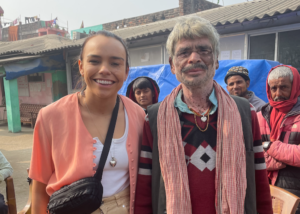
A highlight of the past week was spending time getting to know a carer and baby with a complex craniofacial condition. This baby was abandoned. Found half eaten by bugs. For reasons unknown, but many here would imagine this is due to fear around the costs of the complex care this child would need. Stigma must have played a part in this too though.
Thanks to being taken to the Craniofacial Centre, Nepal, this baby has now been taken in by a fierce mother, embraced and protected by her wider family, and again the community surrounding her knows this child, they care about her receiving the right support, and there is no way that her adoptive mother will let anyone mistreat this child. I would like to see them try!
Her hope is for her to grow up, seek an education and go on to become a medic so that she can give back to this community, and deliver the life-changing support she was given. There will no doubt be challenges when this baby grows up, particularly when hitting that difficult school age where kids start to pick up on each others differences. I would love to revisit her one day to get her own perspective on life in Nepal with a facial difference. But right now, her story is again a story of hope, and a wonderful example of when disfigurement is not neglected, when children are not abandoned, and when they get their basic needs and their fundamental rights met.
So why am I here, and how does it relate to the face equality movement?
If we are to ensure Face Equality International is truly international, we must understand what the global need is for this movement and build the networks to ensure that we understand the real challenges when accessing equitable healthcare for the FD community, but most importantly, we must understand what the face equality movement looks like in low to middle income countries like Nepal.
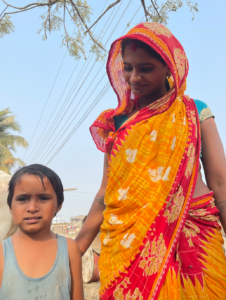
If you’ve been with us since the start, you’ve probably noticed that the early years of our work has often taken an approach geared towards European and North American audiences. But as an organisation taking a human rights focus, the research indicates that the most extreme human rights violations for people with disfigurements go on in low-income settings. What limited research there is into this space indicates that stigma acts as a driver for human rights issues, sometimes academically referred to as ‘enacted stigma’.
As this movement grows, the mantra often used in disability spaces of ‘nothing about us without us’ is a guiding light in progressing the mission, and something that we can always get better at. Bridging both grassroots organising, and well established charities, the fight for equity and inclusion for the FD community can be a complex, loaded and ever-evolving thing. Throw international development into the mix, another field filled with deep-rooted power imbalances, ‘saviours’, ‘pity’ and exclusion of those these missions intend to support, and we’ve given ourselves an even greater challenge.
This is not an easy mission to take on. So perhaps that’s why this hasn’t really been done before in a dedicated, collective, FD specific way?
So is there a need for face equality in Nepal? Absolutely. So we can’t let the difficulty of this challenge prevent us from doing our best to make life easier here for the FD community.

Next up, I’m spending time at a Leprosy hospital, where a lot of community focused work and research has been done to destigmatise disfigurement. I’m looking forward to absorbing as much as I can. Stay tuned for updates…
Tags: awareness, Face Equality, facial difference, nepal, stigma, stigma project Posted by

